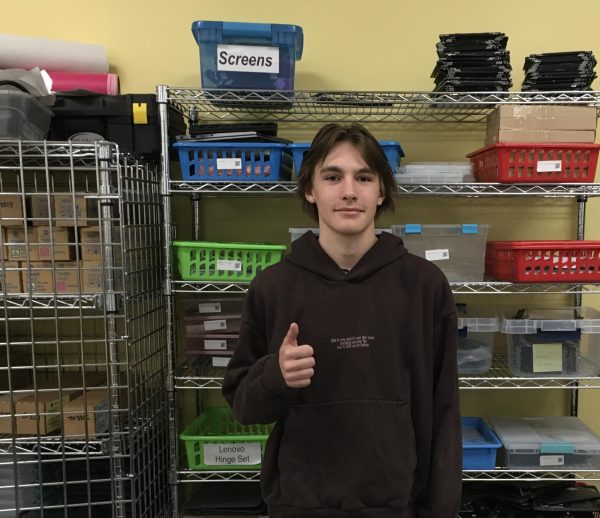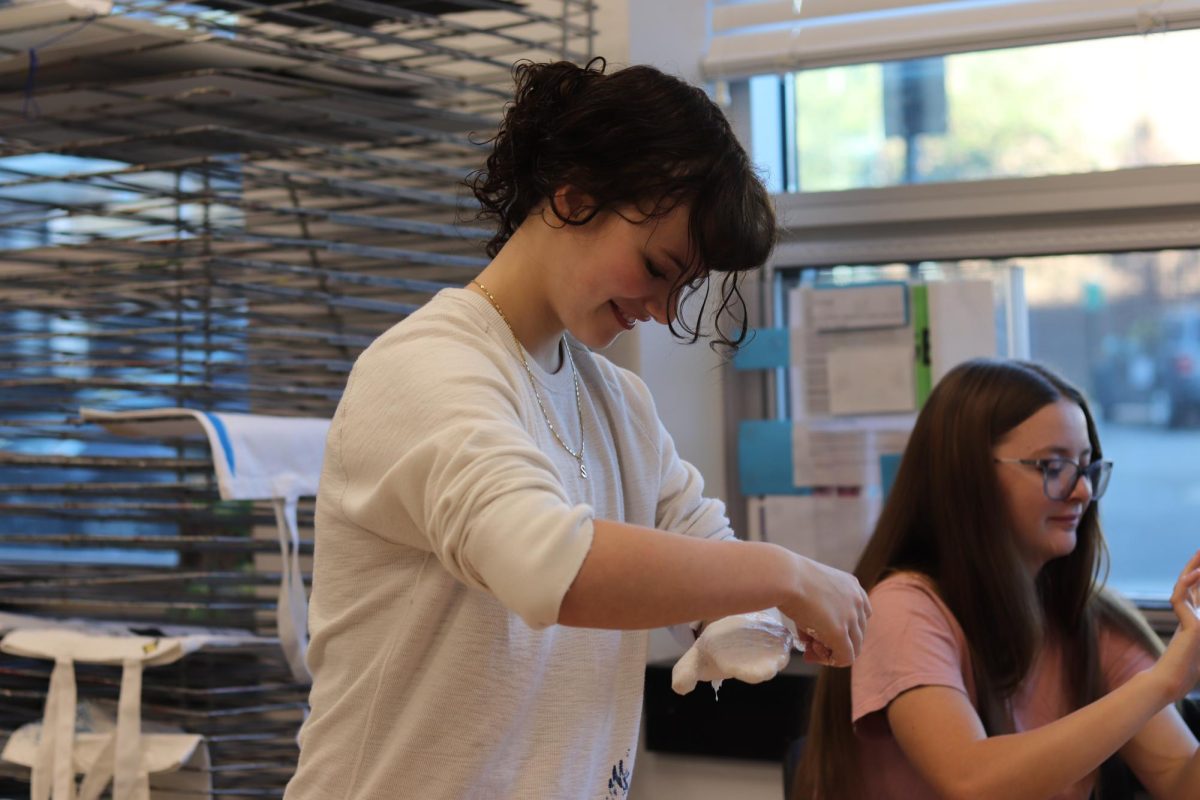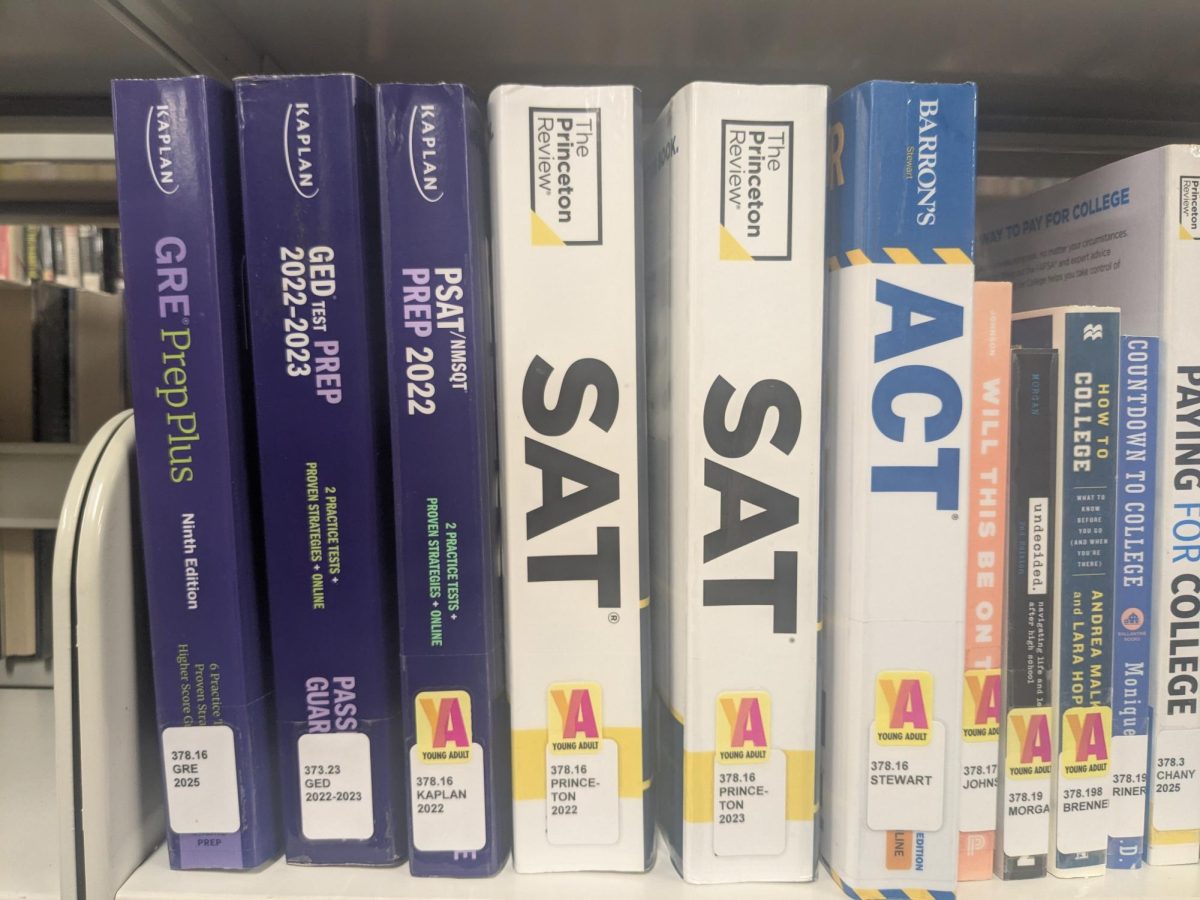From Microsoft Windows embedding AI, to Apple iPhones costing as much as $600 for repairs, the technology market is becoming less user-friendly and increasingly expensive. However, Linux remains the free and varied operating system with an option for everyone.
Linux is an operating system (OS) usually intended to be installed alongside of, or as a replacement for, Windows. This makes it unique as almost no other OS is designed to be set up like this.

“I would describe Linux as a great alternative for technology-inclined individuals to Windows 11,” Junior Nicolas Serret said. “While it doesn’t serve quite the same purpose, it allows a much more ingrained level of access than Windows has to offer.”
Linux is customizable, and many distributions (distros) are built to allow users to treat their system as a modular toy to be tinkered with until it’s unrecognizable. One of the many ways this can be done is with desktop environments (DEs). The most common one is KDE Plasma.
KDE Plasma is intended to mimic the Windows feel to give newcomers a sense of familiarity while still allowing the user to change everything from the colors and sizing to what happens when a given spot on the desktop is clicked. Another one intended to feel familiar is the Gnome DE, which is designed to feel like MacOS with how it handles the dock at the bottom of the screen and different workspaces on the same system.
As an open-source OS, there are thousands of different distros, each one made by users for users. Due to this, each is generally made to fit a specific purpose. While many may be for people who want to personalize their systems, distros such as Linux Mint exist to be as easy as possible for the user and require almost no usage of the terminal, which is a command line interface that allows users to input commands directly into the system without any buttons or clicks.
A unique case, even for Linux, is SteamOS. SteamOS, developed by Valve Software, is a custom distro based on Arch made specially for the Steam Deck, their take on a handheld gaming device. Its release impacted Linux gaming as it proved many games can run on Linux, and more developers have been making native Linux compatibility for their games since it came out.
“Mint is a bit of an exception, just like SteamOS,” Serret said. “These aren’t designed to give the level of depth that a Debian system would give you. They’re designed to emulate Windows as closely as possible, which is why a lot of them use KDE Plasma.”
Meanwhile, there are also things such as Hyprland, a tiling window manager. Window managers run on top of the DE, and are what allow application windows to be interacted with. Tiling window managers are where everything will slide and shift to fit around all other windows on the screen. Instead of having windows overlap or needing to manually position and resize them, tiling window managers usually automatically position and size the windows to most optimally take up the space on the screen.

“Linux isn’t easy to access because it isn’t widely used on basic computers and laptops,” senior Griffin Andrews said. “Some people don’t want to have to install something extra.”
Unlike Windows, MacOS, ChromeOS, or most other OSs, where the user purchases a device with the OS preinstalled, Linux is intended to be installed on a device that was bought with a different OS, usually Windows, and installed using a USB flash drive, CD-ROM, SD card, or other external storage medium.
While it is installing and being set up, most distros will also allow the user to use what is referred to as a “Live Testing Environment,” which is to say there is a copy of the OS running temporarily, despite not being installed yet, so the potential user can see how the feel and flow of the given distro is.

“Linux will eventually be better, because there’s less spyware and adware compared to Windows or Mac, but people who struggle with technology may struggle to learn Linux,” freshman Aaron Weatherholtz said. “Windows gathers a lot of information about you, what you do, where you are and they sell it to advertisers.”
While not easily usable for everyone just yet, Linux remains the free alternative with an option for just about everything. Although by quantity many distros may be challenging, ones such as Linux Mint are available for users looking to get started for the first time.
“There is certainly a lot of variety, usually for specific things,” Weatherholtz said. “Kali Linux is meant for hacking, some are meant for playing games, [there are] ones meant for doing office work, they’re all very different.”




















































